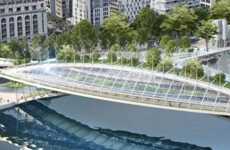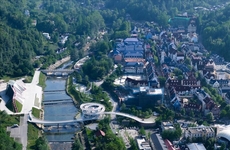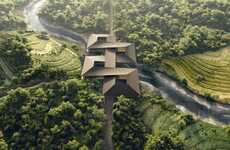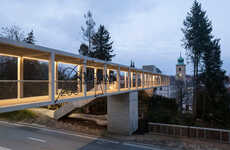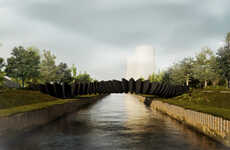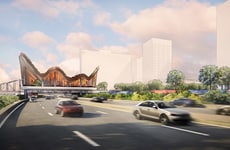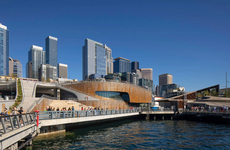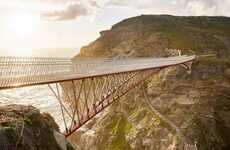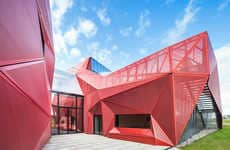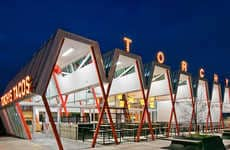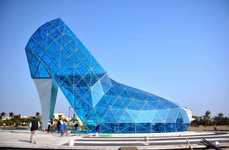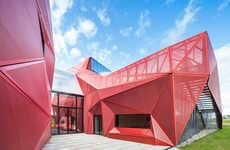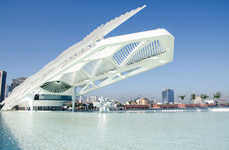
The Long-Awaited Kennedy Center Bridge has Now Been Approved
Joey Haar — July 26, 2016 — Art & Design
References: stevenholl & archinect
When the Kennedy Center in Washington DC was first built, Edward Durell Stone, the lead architect, envisioned a pedestrian bridge that would lead to the Potomac River. That was in 1959. Now, 57 years later, Stone's vision is coming to fruition.
Steven Holl Architects, a global architecture firm, has been approved to build the pedestrian bridge at the Kennedy Center as part of the Kennedy Center Expansion project. Not only will the bridge connect the center for the performing arts to the beautiful waterfront, it will also help to channel attendees toward the new cafes and shops that are opening up along the shore. The pedestrian bridge will also help to facilitate more outdoor art performances in the area, as it will be built with an exterior wall to allow projections, broadcasts, and simulcasts.
Steven Holl Architects, a global architecture firm, has been approved to build the pedestrian bridge at the Kennedy Center as part of the Kennedy Center Expansion project. Not only will the bridge connect the center for the performing arts to the beautiful waterfront, it will also help to channel attendees toward the new cafes and shops that are opening up along the shore. The pedestrian bridge will also help to facilitate more outdoor art performances in the area, as it will be built with an exterior wall to allow projections, broadcasts, and simulcasts.
Trend Themes
1. Generation-spanning Bridge Projects - An emerging trend in architecture is to fulfill the design vision of previous generations by building structures that were initially proposed but never completed.
2. Pedestrian-friendly Urban Development - Urban developers are finding innovative ways to improve connectivity between cultural and commercial centers and waterfront areas.
3. Outdoor Art Performances - The installation of pedestrian bridges in urban areas provides new venues for outdoor art performances and interactive projections.
Industry Implications
1. Architecture - Architecture firms can disrupt the industry by exploring ways to complete previously unfinished bridge and building projects that align with current urban development goals.
2. Urban Development - Urban developers can stay ahead of emerging trends by designing pedestrian-friendly environments that encourage cultural and commercial activity.
3. Arts and Entertainment - Art and entertainment organizations can take advantage of newly accessible waterfront venues and innovative outdoor performance spaces to generate new sources of revenue and audience engagement.
2
Score
Popularity
Activity
Freshness

